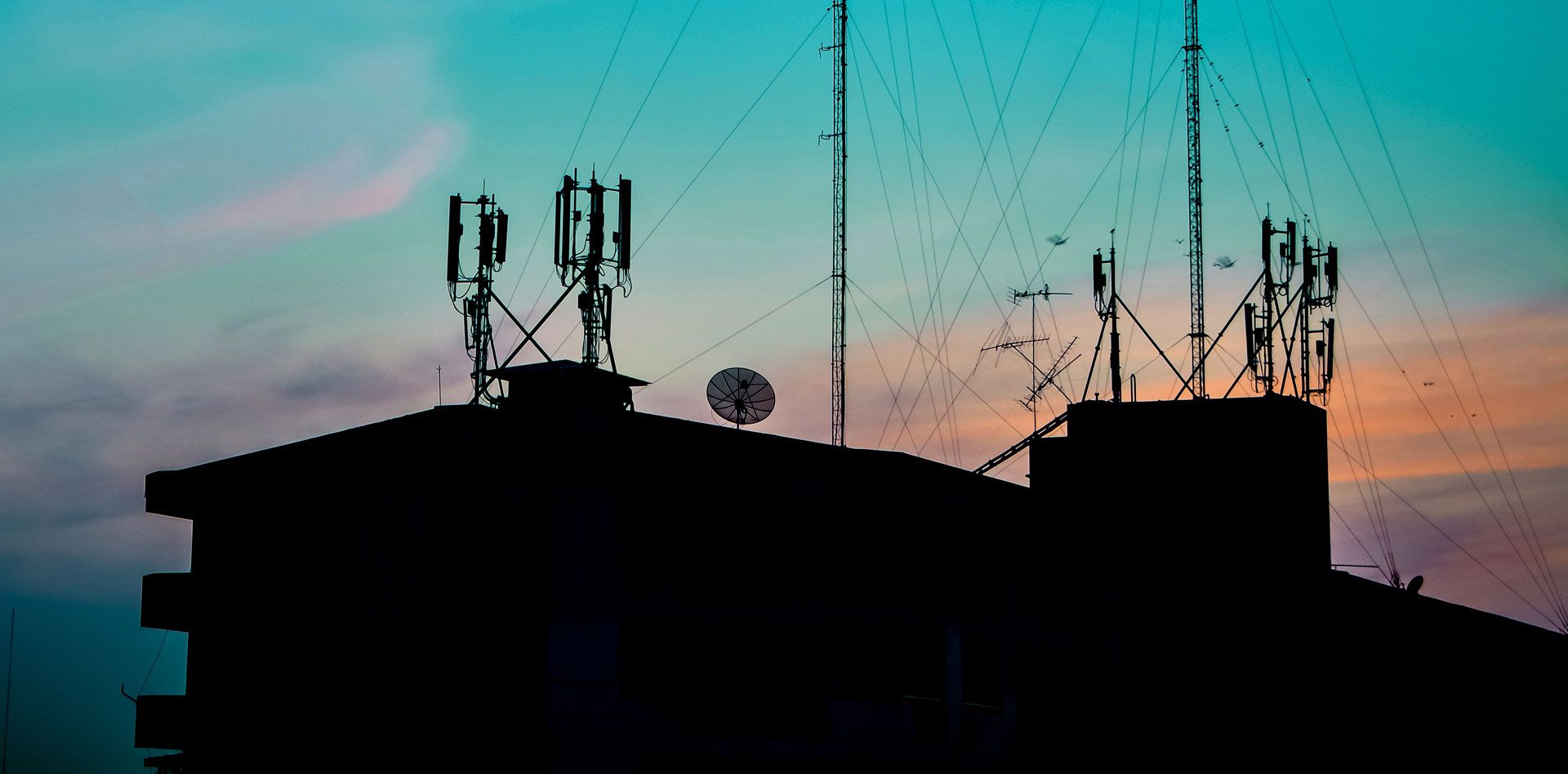
Disseminating early warnings through connectivity for all
By Cosmas Luckyson Zavazava, Director, Telecommunication Development Bureau, ITU
After Typhoon Haiyan made landfall in the Philippines in 2013, I was on the ground, providing emergency telecommunications support from the International Telecommunication Union (ITU) to aid recovery.
One memory sticks in my mind above all: the tears of relief one lady shed when we gave her access to a satellite phone to contact a family member after she had lost her home, her shop, and many friends and relatives.
Sadly, extreme weather events and natural hazards are becoming more frequent. With the onset of climate change, communities are at ever increased risk.
Last May, government leaders gathered at the United Nations Headquarters in New York to set out actions to strengthen disaster resilience and advance the seven key goals of the Sendai Framework. The rising human and economic costs of disasters demand a redoubling of efforts to reduce risks.
Digital technologies play a critical role in disaster risk reduction and management. They are key for environmental monitoring and analysis, delivering early warnings, and ensuring timely flow of vital information in the aftermath of disasters. All these digital services can minimize the impact of climate-related hazards for people and communities.
Therefore, the Early Warnings for All (EW4All) initiative is close to my heart. This ground-breaking effort aims to ensure that everyone on Earth is protected from hazardous weather, water, or climate events through life-saving early warning systems by the end of 2027.
ITU leads the “Warning Dissemination and Communication” pillar of the initiative, looking at last-mile connectivity and ensuring that warnings reach people at risk in time to act. We do this together with the International Federation of Red Cross and Red Crescent Societies (IFRC), Risk-informed Early Action Partnership (REAP), United Nations Development Programme (UNDP) and World Meteorological Organization (WMO).
Leveraging mobile telecoms
Mobile early warning systems are powerful tools to save lives. They can send geo-located alerts, including evacuation messages, weather data, safety advice, shelter locations, and other relevant information to people at risk.
Today, 95 per cent of people around the world have access to mobile broadband networks and close to 75 per cent own a mobile phone. Still, questions remain about how many can use those devices or afford to pay for services.
Not to mention that at the macro level, a resilient telecommunication infrastructure must be in place.
Regulatory authorities are key contributors in disaster management and the development of efficient early warning systems – a topic of discussion during the session ‘Saving Lives: Emergency Public Early Warning Systems’ at ITU’s recent Global Symposium for Regulators.
Regulatory authorities are well positioned to drive the adoption of public systems, advocate and share knowledge across communities, and encourage overall alignment. This ‘saving lives’ regulatory approach is particularly valuable for countries that are just starting to implement public early warning systems.
Europe offers good practices on regulating such systems, with almost all European countries using or developing public warning systems based on mobile-cellular networks. The European experience continues producing valuable lessons, both on technologies and regulations, that could help speed up deployment in other parts of the world.
ITU’s disaster response
ITU’s Telecommunication Development Sector (ITU-D) has a long history of supporting countries before, during and after disaster strikes.
National Emergency Telecommunications Plans (NETPs) bolster disaster preparedness by bringing stakeholders together to go through the full cycle of a potential disaster. To date, ITU has supported 28 countries worldwide with NETPs and developed a model NETP for the Southern African Development Community (SADC) region.
We are also proud to provide near real-time information to first responders on connectivity gaps and outages through our Disaster Connectivity Map (DCM). Launched in 2020, it has been activated in more than 30 countries.
Within 48 hours of a request by Member States or partners, ITU deploys satellite emergency telecommunications equipment to disaster-affected countries. Pre-positioning equipment at the regional level could further shorten our response time when disasters strike.
Our support helps to restore vital communication links, as well as to coordinate of disaster response, rescue and relief operations by governments and humanitarian agencies.
To me, that day in the Philippines in 2013 reconfirmed the importance of telecommunications in the aftermath of any disaster. This same was clear after Haiti’s earthquake in 2010, or in Pakistan after the 2005 Kashmir earthquake and major floods in 2010.
Despite our improving response capacity, we cannot rest on our laurels. As technology advances, we must take advantage of artificial intelligence, robotics, and satellite networks to save more lives.
Header image credit: Adobe Stock
